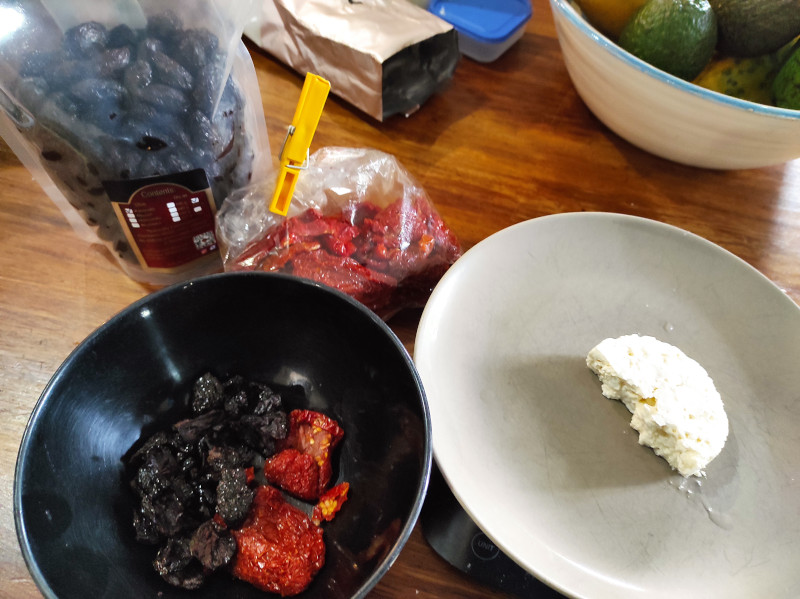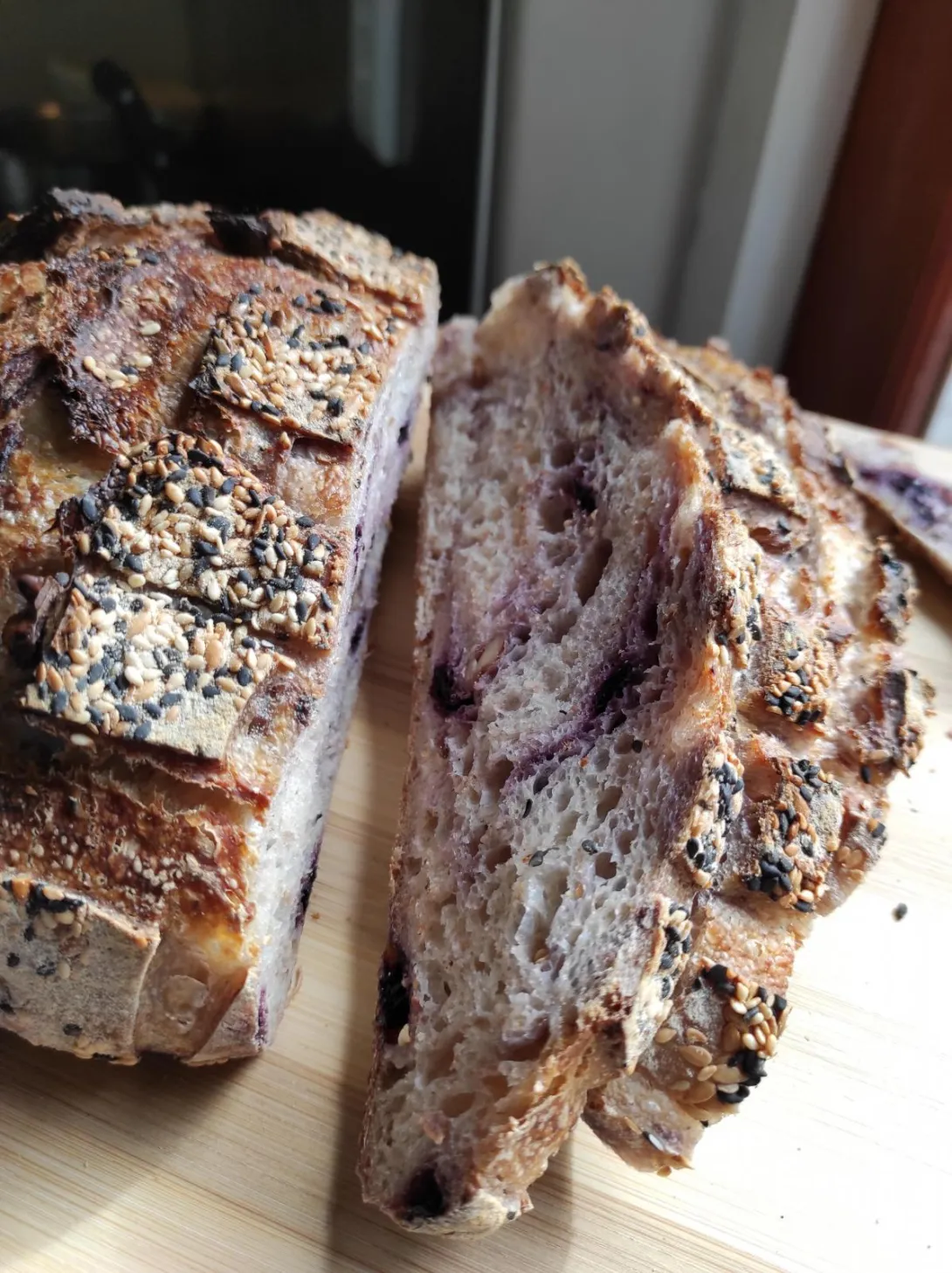Swiss farmhouse with cranberry and pecan

Am still loving the yeast water! This was a repeat of Hamelman's "Swiss Farmhouse" from the community bake - used the same formula but with some minor tweaks. Said tweaks being that I used apple yeast water (fed using Granny Smith apples, originally started as a raisin yeast water); and replaced the raisins and walnuts by cranberries and pecans; the cranberries were soaked in boiled water for 20 minutes and so were slightly more hydrated than the raisins usually are.
- Log in or register to post comments
- 11 comments
- View post
- JonJ's Blog













